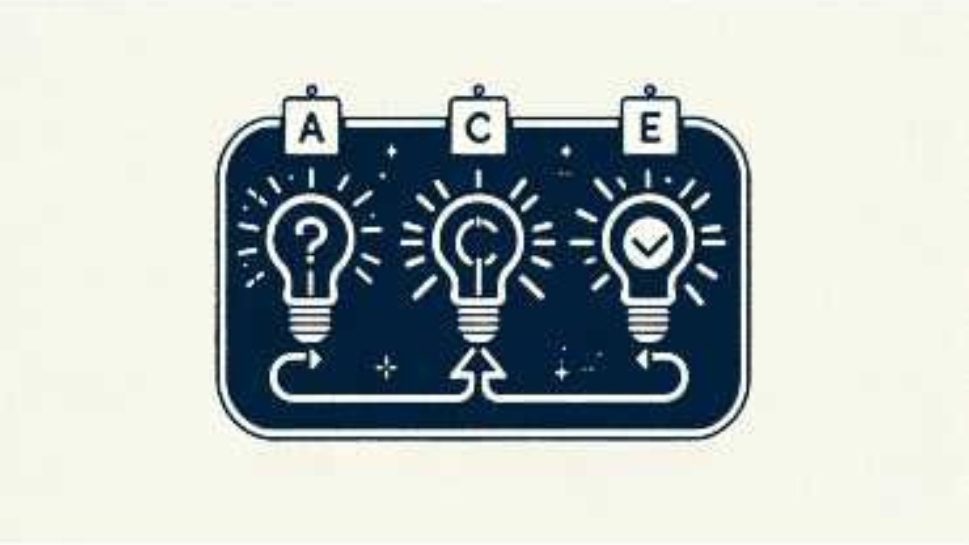The Arrow of Success tool is a valuable resource designed to help individuals visualize their goals, identify potential obstacles, and recognize crucial support factors. By utilizing this tool, you can create strategies to either overcome obstacles or transform them into assets, thereby accelerating your progress.
To use the Arrow of Success effectively, begin by placing your goal at the center of the long arrow, and then map out factors that hinder or support your goal in corresponding arrows. Once you’ve identified the obstacles and support factors, consider how to address the obstacles or convert them into support factors.
Let’s explore two examples that demonstrate the practical application of the “Arrow of Success” tool:
1. Karl’s Coffee Problem:
Karl faces multiple challenges in reducing his coffee intake, such as his morning coffee habit, the pervasive aroma of coffee in his workplace, and the social aspect of everyone else consuming coffee. Additionally, he works very long hours and lacks sleep, which exacerbates his struggles. Furthermore, Karl’s nervous and hectic nature has resulted in increasing abdominal pain. Despite recognizing the health benefits of reducing coffee consumption, implementing this change has proven to be challenging in practice. However, significant support factors for Karl include the support of his team, addressing the tempting aroma of coffee by removing the coffee machine from sight, the potential health improvement indicated by his stomach pain with reduced coffee intake, and encouragement from his girlfriend, who is a nutritionist.
2. Tim’s Team Challenge:
Tim endeavors to enhance team spirit within his group but faces the challenge of their busy schedules and deep involvement in daily tasks. Finding time for targeted team-building amid their daily business operations poses a considerable challenge for him. However, Tim identifies colleague Tina and the potential for reserving time on Friday afternoons for team activities as key support factors. Using the ACE process with Tina, they devised a solution that worked for all: designing a Friday afternoon activity or team training every second week, fitting everyone’s schedule.
By visualizing and organizing the obstacles and support factors using the “Arrow of Success” tool, individuals can gain clarity about the most significant challenges and support systems. The tool emphasizes that arrows hovering down on the goal signify substantial obstacles, while arrows stabilizing the goal from below indicate key support factors. By strategically engaging with this visualization, individuals can effectively navigate and remove obstacles and leverage support factors to accelerate progress toward their goals.
In Karl´s case, his team came up with the optimal solution: they removed the coffee machine and its tempting aroma and moved it to a storage room, out of sight.
In Tim´s case, he used the ACE process (Address, Create, Execute) with Tina to address the challenge together. They came up with a solution that worked for all: designing a Friday afternoon activity such as a team training every second week fit everyone´s schedule.
In summary, through visualizing and seeking input from colleagues and teams, individuals can find creative solutions to reach their goals despite the obstacles they face. This collaborative approach can pave the way for success.


